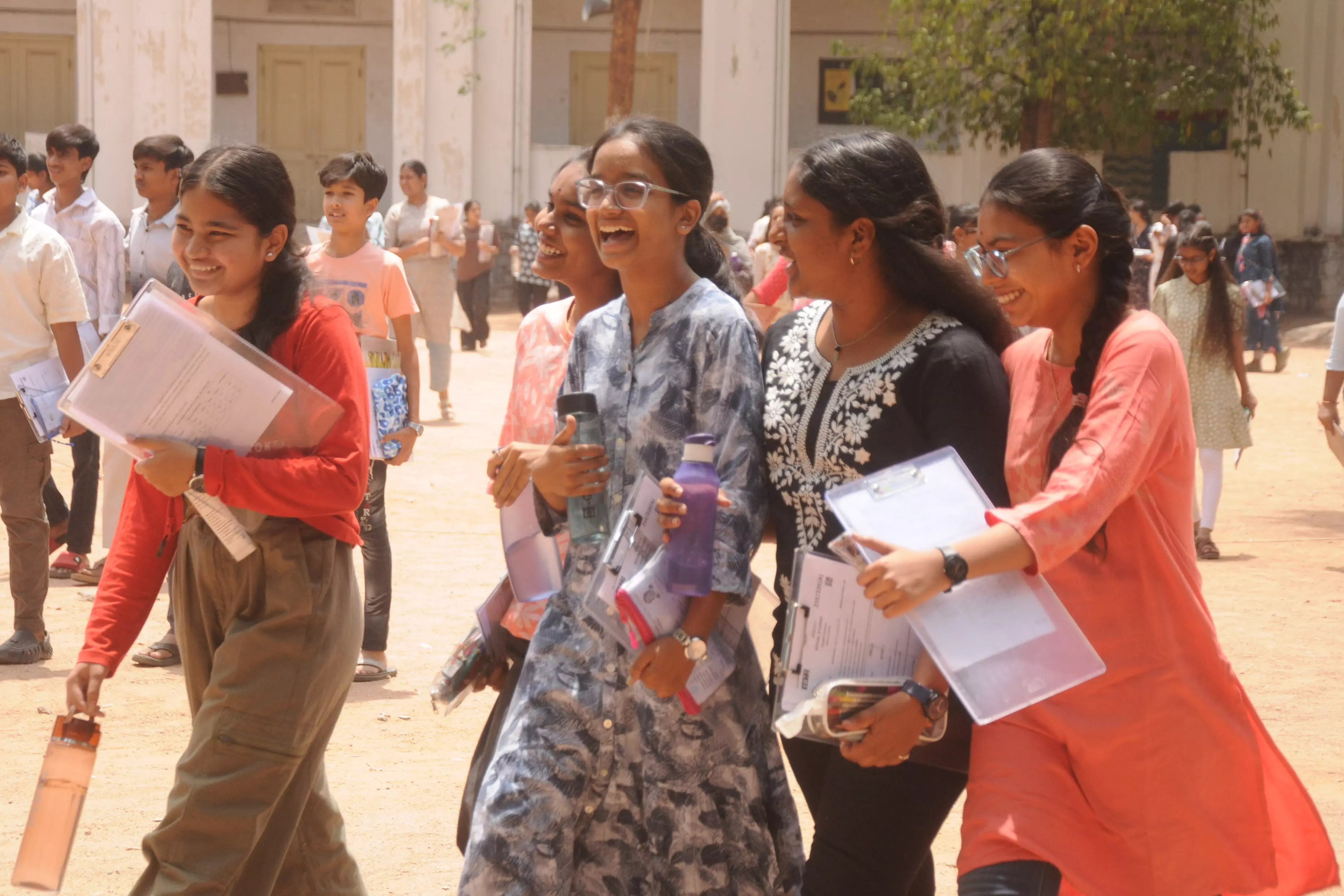“The territory of Terra de Miranda has everything to gain from opening the Feira da Bola Doce to exhibitors from all over the country, thus giving greater scope to this gastronomic, cultural and recreational initiative”, Helena Barril explained to the Lusa news agency. Another of the event's highlights, which is promoted by the municipality of Miranda do Douro , is the culinary demonstrations based on local products, led by chefs Lídia Brás, Marco Gomes and Marcelo Dias. “The Feira da Bola Doce will bring a lot of people to Miranda do Douro, people coming from all over the country and from neighbouring Spain, as this is a border city”, said the mayor of this municipality in the district of Bragança.
According to Helena Barril, in addition to the 'queen' of the festival - the Bola Doce -, the fair will feature folares, traditional sweets, sausages and meats from native breeds, such as lamb and Mirandesa veal. The Bola Doce is no longer an Easter delicacy and has become a 'flagship' of the confectionery of the Planalto Mirandês that can be enjoyed throughout the year, inside and outside the country. “We have observed that the traditional kitchens located in Planalto Mirandês have been investing throughout the year in the production of the sweet Mirandesa ball.

But in the villages of the region, this sweet is also still made the old-fashioned way, along with the folares”, said Helena Barril. The Bola Doce is made with cinnamon and sugar in layers, being kneaded by hand and baked in a traditional wood-fired oven, and more recently in electric or gas ovens. Unlike most Easter folares, the bola mirandesa "is a moist and intense sweet".
The dough, similar to bread but thinner, is interspersed with layers of sugar and cinnamon and the filling is also made in layers. Historian António Rodrigues Mourinho carried out a survey of this product and concluded that it is a piece of pastry that originated at least in the times of the Portuguese discoveries, with records dating back to at least 1510. “The tradition was inherited from convents or from clerical families and wealthy people.
The people modified the ball in their own regional way, giving it a shape and flavor that distinguishes it from the sweets of other regions,” said the researcher. This event, which takes place in the Jardim dos Frades Trinos, also has a strong cultural and musical component, with the presence of bagpipers, mixed dancers and artists from the national music scene..
Top

Bola Doce Fair returns

The Feira da Bola Doce returns to Miranda do Douro from Thursday until Sunday, welcoming 100 exhibitors from all over the country.











